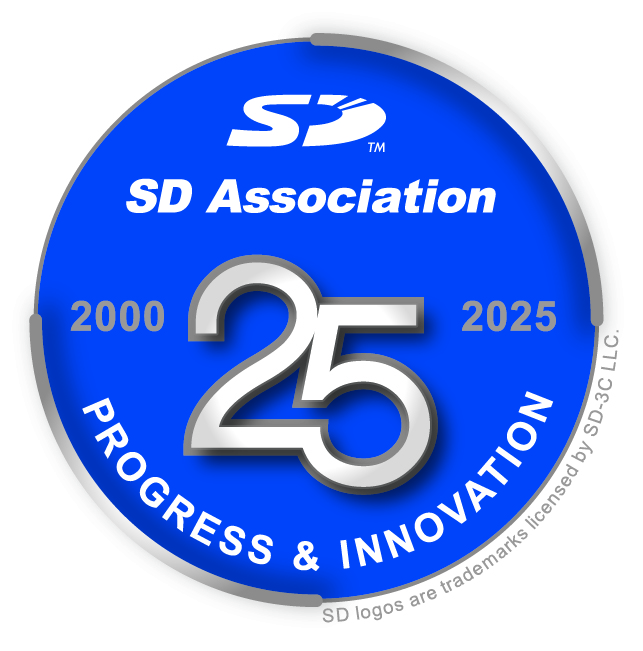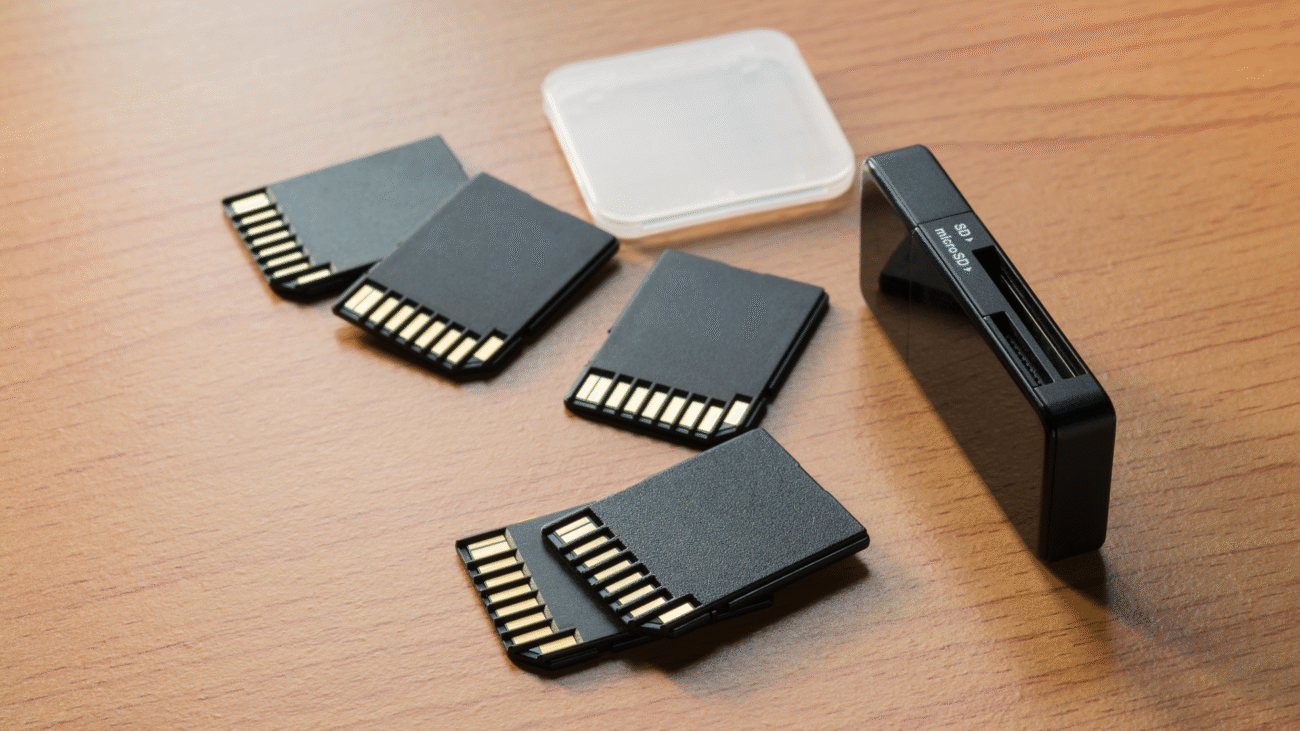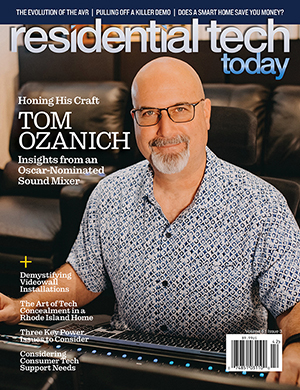My first encounter with the concept of a memory card wasn’t in the SD card format that we’ve come to know and rely on in so many devices today. But hearing that the product is 25 years old still hits hard.
For me, the first memory card I recall “needing” was the memory pack that you inserted into the back of a Nintendo 64 controller in order to save game data so you could pick up where you left off or take it with you to a friend’s house. That was back in the mid-90s, slightly predating the launch of the SD format, but it goes to show how necessary the concept of data transfer has been to so many of us—especially the generation of kids who grew up with these memory-hungry games and devices.
This year, the SD card is officially old enough to rent a car without fear of the “young renter fee.” While the collaboration between SanDisk, Panasonic (then known as Matsushita), and Kioxia (then part of Toshiba) formed in late 1999, it was at the January 2000 Consumer Electronics Show that the three announced the formation of the SD Association (SDA) and eventually rolled out the first samples of an SD card in the weeks that followed.

The first 32 and 64 megabyte SD card hit mass production around mid-2000.
So yea, it’s right around the time that we can formally say happy 25th birthday to the SD card. (Wonder if they’d want their birthday card in a physical or secure digital format?)
SD has become so ubiquitous, yet it wouldn’t be surprising if the average consumer has no idea what those two letters actually stand for, despite how popular the technology has become over the years. SanDisk likely benefits the most these days—its initials and product line just make sense and could be easily confused as the short form for the company’s name.
Regardless, those secure digital cards have been sold in the billions since their initial launch—12 billion, to be exact—and have evolved numerous times over the years to make it even easier for consumers to store and transfer their digital files. This year, too, the SDA is celebrating 20 years of the microSD, a product and format that made it even more convenient to expand storage on our mobile devices and portable gaming consoles over the years.
“SD memory cards continue delivering portability and convenience, letting people upgrade the storage in their devices at any time thanks to the dedication and vision of our nearly 800 SDA members,” Yosi Pinto, Chairman of the SDA, said in a statement celebrating the product’s 25th anniversary. “The cards continue to help product manufacturers innovate and provide better user experience because SD is a proven storage solution that continuously evolves with technology evolutions and market needs requiring higher speed data access and larger capacities.”
SDA shared some incredible stats around the SD card that show just how far the technology has come—and how reliant consumers have been on their data-storage devices. Consider this:
- The first SD card sold in 2000 provided just 8 megabytes of storage capacity. (The first N64 memory pack, by comparison, had 256kb of storage, so around 32-times smaller than that.) If you look at today’s SD cards with 4TB of storage space, a 500,000 percent capacity increase.
- Cards have gotten A LOT faster at transferring data. Early SD cards provided 12.5 MB/sec transfer speeds compared to the 4GB/sec speeds from the latest SD Express specification, roughly 300-times faster.
Despite those advances in technology and the upgraded specifications, one of the most incredible features of an SD card is the backwards compatibility. You can still take one of those early cards released in 2000, plug it into a 2025 Macbook Pro’s card reader slot, and still access the information on that card. (I said you could. Doesn’t mean anyone necessarily wants to go back and dig through the hundreds of blurry and dark photos they took at that god awful foam party from their second semester of freshman year of college…)
Also incredible is the fact that these devices, while relatively unchanged at their core, are able to handle the demands of today’s technology. Whereas they were launched in order to allow users to take documents, photos, spreadsheets, and other files, today they’re able to step in and help with unique storage requirements that would’ve been impossible to think up 25 years ago—things like virtual and augmented reality applications, next-gen gaming consoles, medical device needs, 360-degree camera files, IoT, Edge computing, AI, and more.
“The SDA is laser-focused on ensuring its standards remain a compelling storage choice across an extensive variety of products and uses for both consumers and businesses,” said Hiroyuki Sakamoto, President of the SDA. “We expect SD memory cards to remain a critical, cost-effective storage option across a variety of applications and devices in the future since 394 zettabytes [or roughly 394 billion TBs] of data is expected to be created by 2028.”
Wonder how many N64 game cards I’d need to strap together to make that happen?







![ecobee premium airzone control The ecobee Smart Thermostat Premium. [Photo credit | ecobee]](https://restechtoday.com/wp-content/uploads/2025/06/ecobee-premium.jpg)
![Hub 3_02 The SwitchBot Hub 3 provides a user-friendly solution to the growing complexity of modern smart homes. [Photo credit | SwitchBot]](https://restechtoday.com/wp-content/uploads/2025/06/Hub-3_02-scaled-e1750179791687.png)
